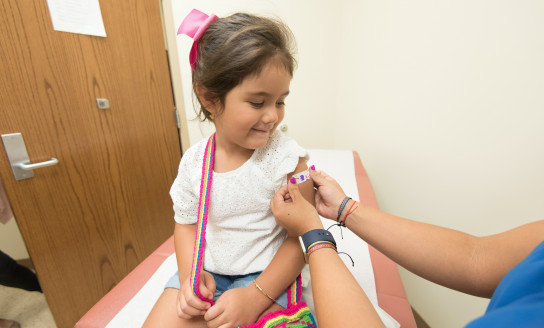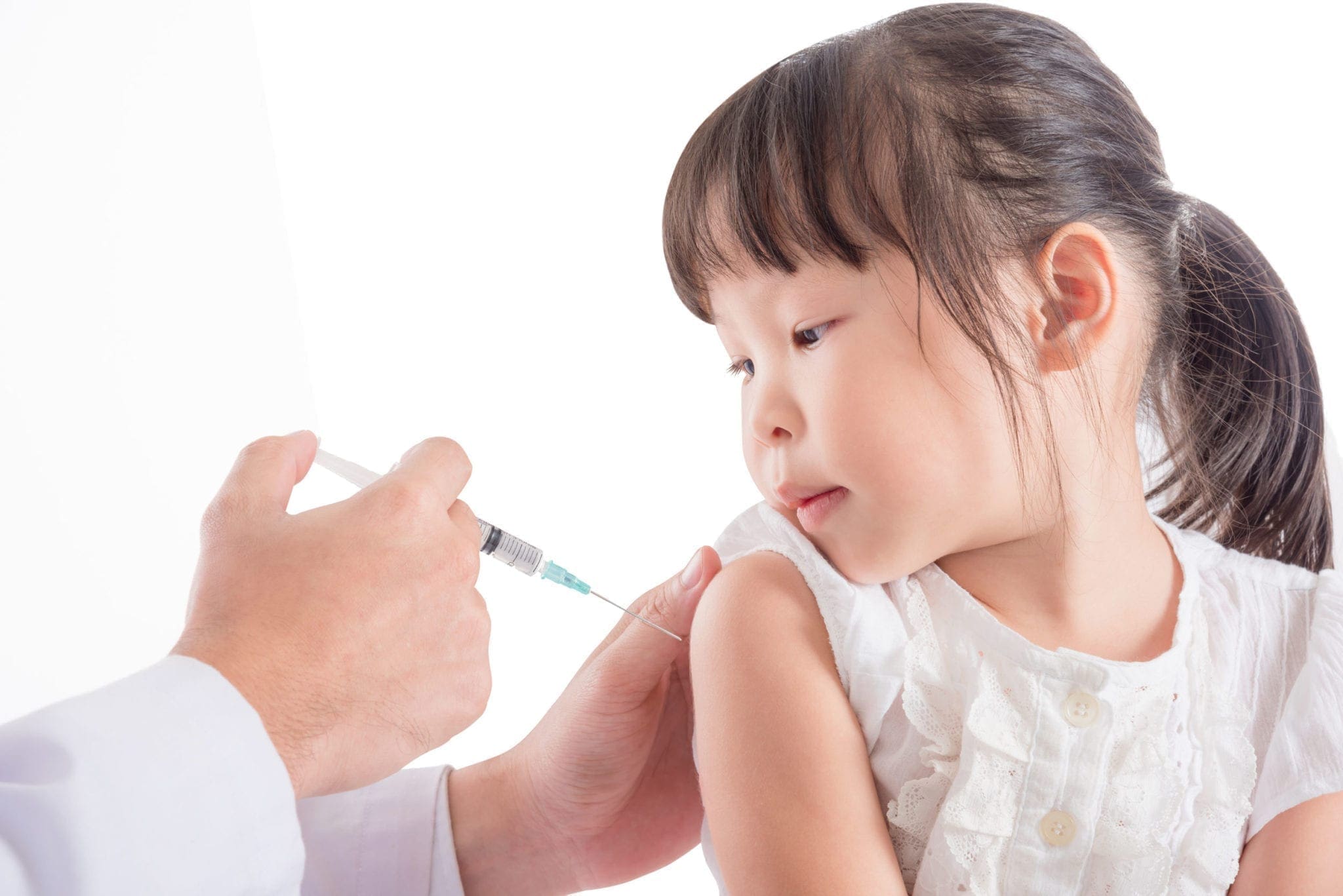Vaccines Are Globally Endorsed By





Vaccines are most effective when they are administered to children at
the right age and
with the recommended dosage as children are susceptible to certain
diseases at certain ages.





10 WEEKS
Oral poliovirus vaccines (OPV) are the predominant vaccine used in the fight to eradicate polio. There are different types of oral poliovirus vaccineS.


10 WEEKS
A vaccine that contains five different antigens in one combined preparation is called a pentavalent vaccine.
10 WEEKS
The rotavirus vaccine is a vaccine used to protect against rotavirus infections, which are the leading cause of severe diarrhea among young children.


14 WEEKS
A vaccine that contains five different antigens in one combined preparation is called a pentavalent vaccine.
14 WEEKS
Oral poliovirus vaccines (OPV) are the predominant vaccine used in the fight to eradicate polio. There are different types of oral poliovirus vaccineS.


14 WEEKS
The rotavirus vaccine is a vaccine used to protect against rotavirus infections, which are the leading cause of severe diarrhea among young children.
14 WEEKS
This vaccine offers protection against meningitis, septicemia and pneumonia to milder infections such as sinusitis and otitis media.


14 WEEKS
This vaccine offers protection from the poliovirus which is a highly infectious viral disease that largely affects children under 5 years of age.
| Vaccine | Timing | Route | Site | Track |
|---|---|---|---|---|
| Pentavalent-2 | 10 Weeks | Intra-muscular | As Adviced | |
| OPV-2 | 10 Weeks | Oral | Oral | |
| RVV-2 | 10 Weeks | Oral | Oral | |
| Vaccine | Timing | Route | Site | Track |
| Pentavalent-3 | 14 Weeks | Intra-muscular | As Adviced | |
| OPV-3 | 14 Weeks | Oral | Oral | |
| RVV-3 | 14 Weeks | Oral | Oral | |
| PCV-2 | 14 Weeks | Intra-muscular | As Adviced | |
| fIPV-2 | 14 Weeks | Intra-muscular | As Adviced |
Yes, modern vaccines are formulated to meet safety standards for different age brackets, ensuring safety and efficacy.
The frequency of vaccination depends on the particular vaccintation, makse sure to follow medical guidelines given by your doctor.
Common side effects may include mild discomfort, redness, or low-grade fever, usually subsiding within a few days.





